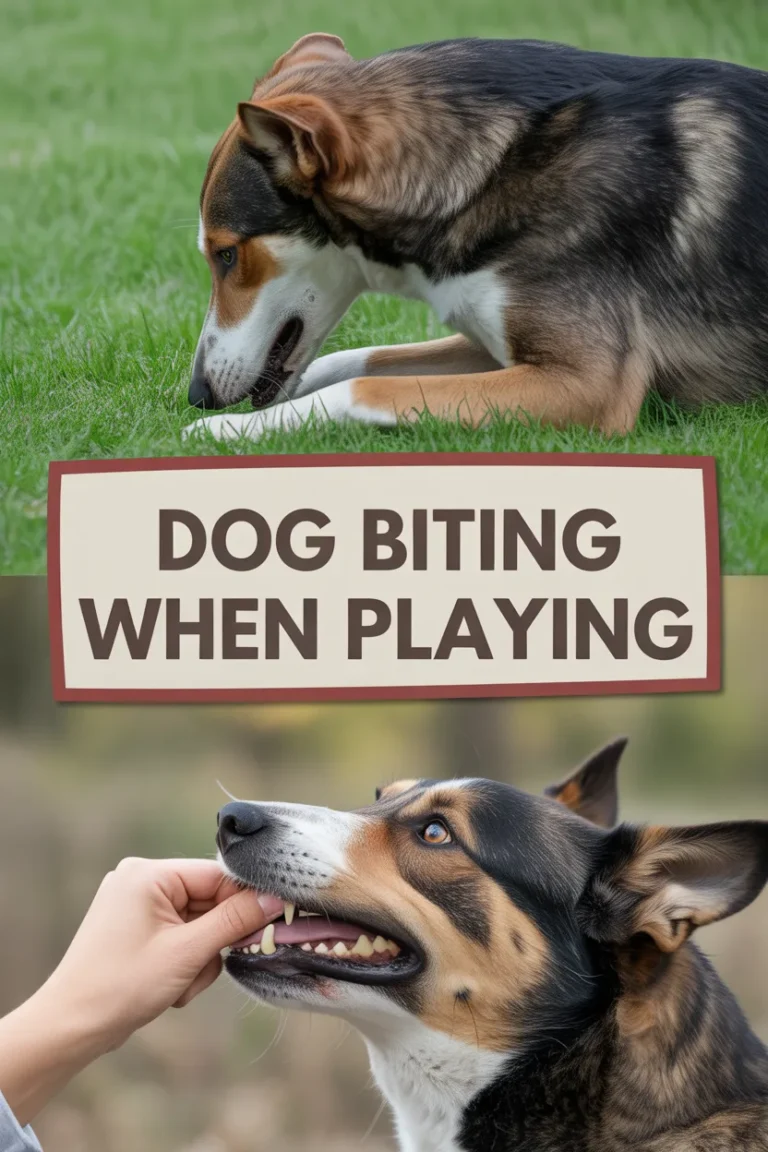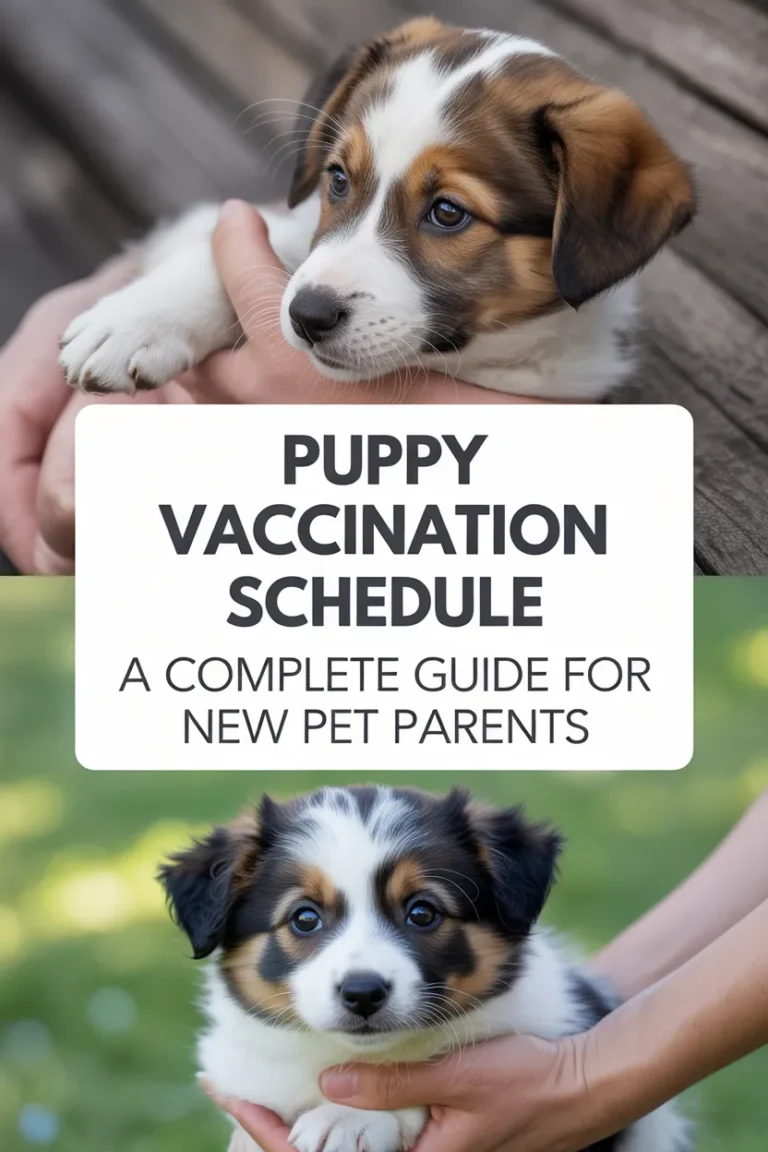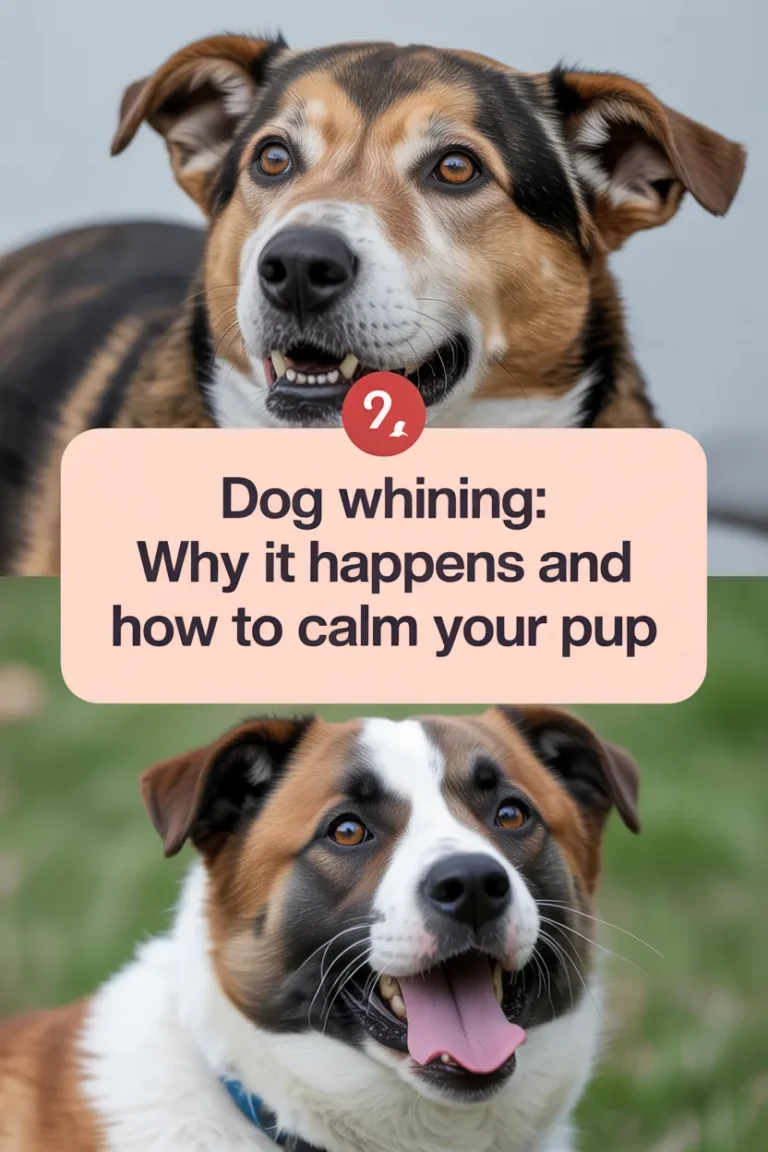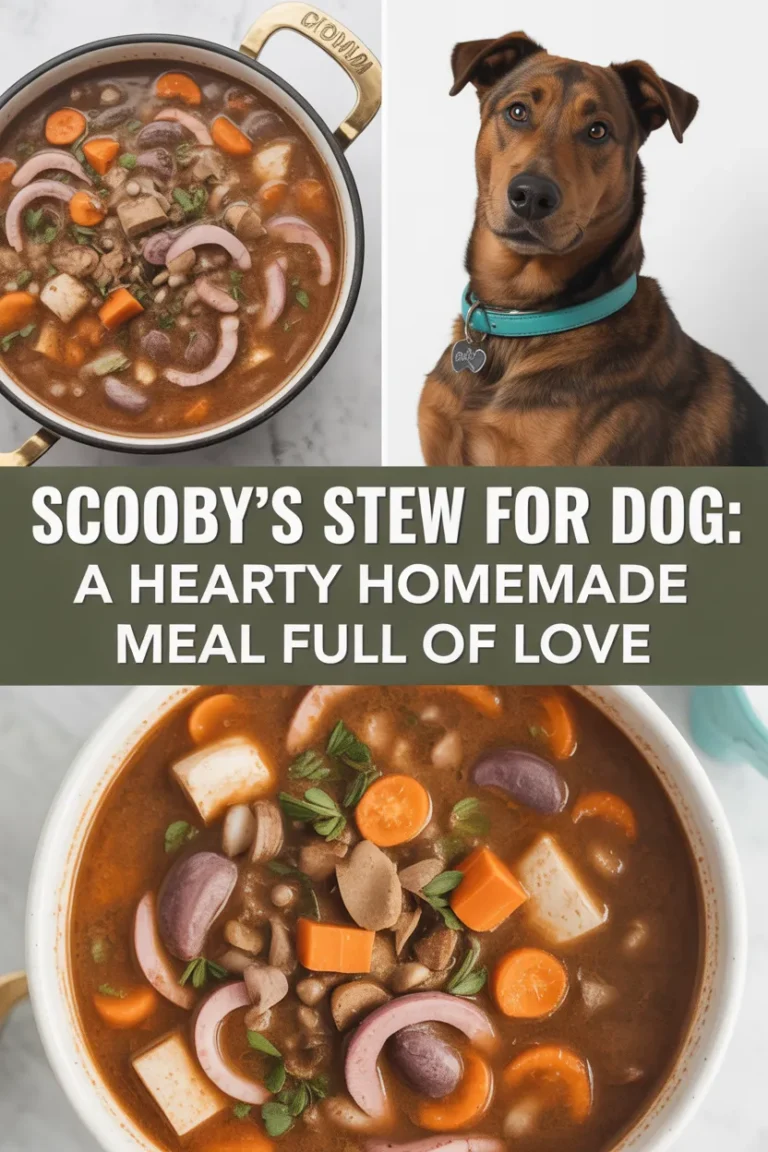Dog Won’t Eat: Why It Happens and How to Solve It
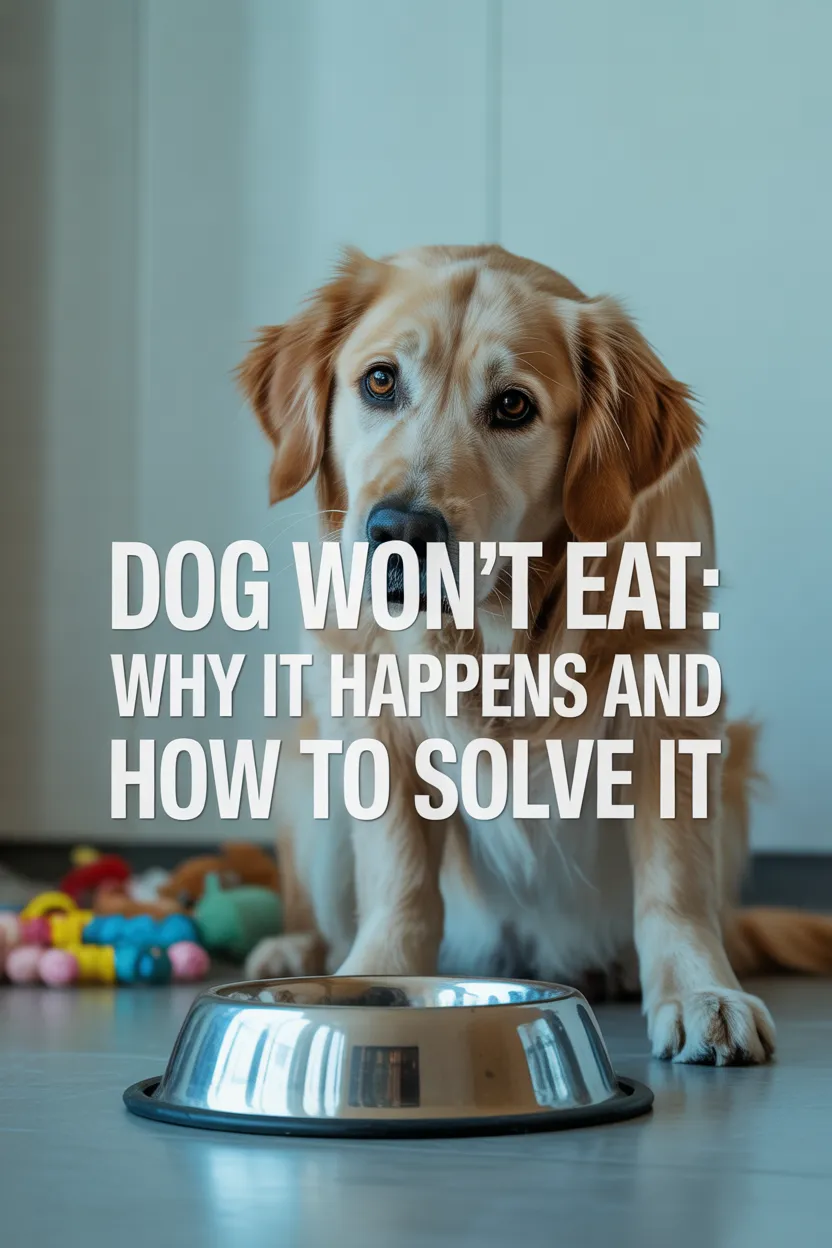
It’s one of the most distressing things any dog parent can face — watching your pup turn away from food. If your dog won’t eat, you’re probably feeling worried and frustrated. But don’t panic just yet — there are several reasons why a dog might refuse their meals, and most of them can be addressed with a little patience and care.
I remember the first time my dog stopped eating. I rushed to the vet, but it turned out he was just a little off from a long car ride. However, this experience taught me how to look for signs and how to manage those moments when my dog’s appetite dips.
Here’s what could be causing your dog’s eating habits to change — and how you can solve it.
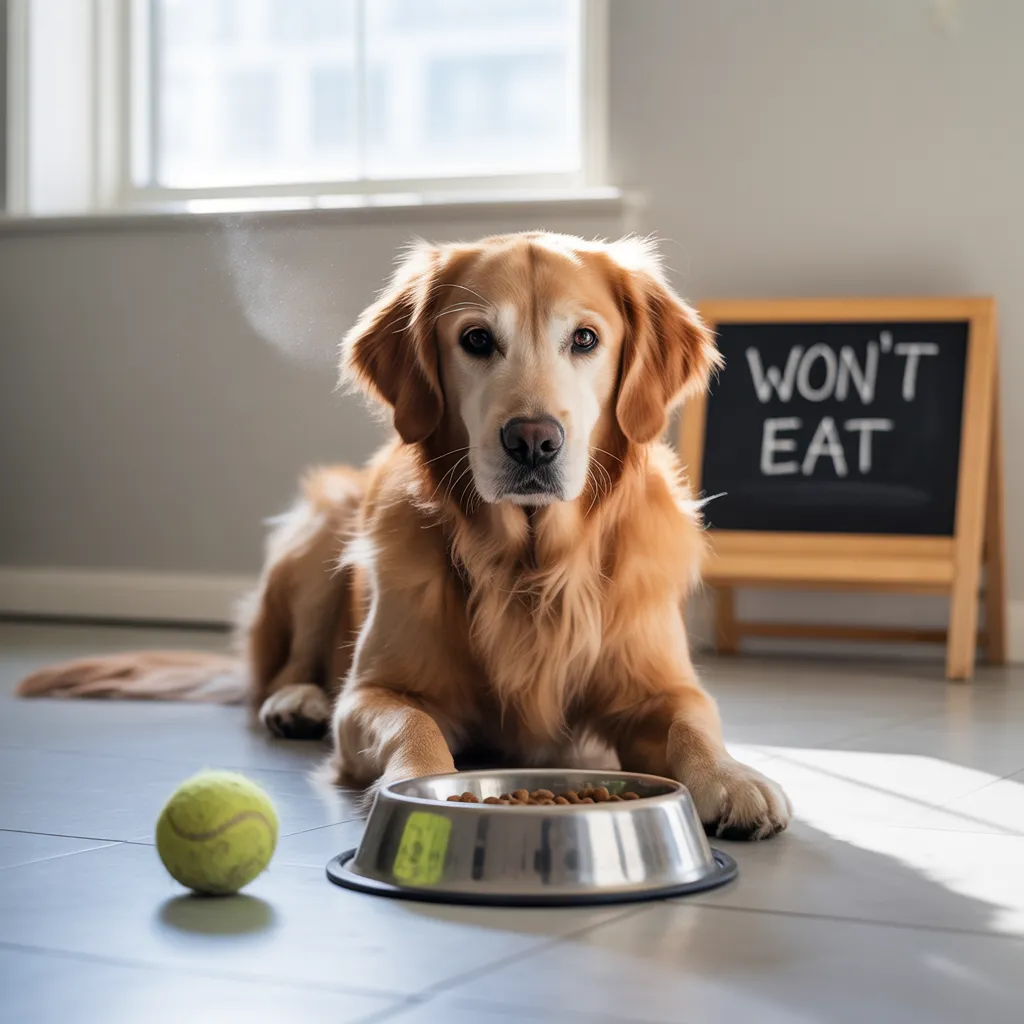
1. Stress and Anxiety
Just like humans, dogs can lose their appetite when they’re feeling stressed or anxious. A change in their routine, a move to a new home, or even a change in family dynamics can all cause them to stop eating.
- What to do:
Try to keep your dog’s routine consistent, provide a calm environment, and offer comfort during stressful times. Sometimes, creating a quiet, cozy spot where they can eat without distractions helps.
2. Health Issues (Dog won’t eat)
A sudden loss of appetite can indicate an underlying health issue. Dental problems, digestive upset, or infections can cause pain or discomfort, leading to refusal to eat.
- What to do:
If your dog’s refusal to eat lasts more than a day, or if they exhibit signs like lethargy, vomiting, or diarrhea, consult your vet. Health issues like dental disease, gastrointestinal problems, or kidney disease can affect their eating habits.
3. Picky Eater Behavior
Some dogs are just picky eaters. If your dog is regularly selective about food, it could be a habit they’ve developed — especially if you’ve given them too many treats or table scraps.
- What to do:
Start by setting a consistent feeding schedule and stick to it. Avoid offering too many snacks in between meals. If they refuse the food after 20 minutes, take the bowl away and offer it again during the next feeding time.
4. Too Many Treats or Table Scraps
If your dog is used to getting a lot of treats or human food, they might refuse regular dog food in favor of something tastier. Over time, this can lead to them becoming more selective with their meals.
- What to do:
Cut back on the extra treats and table scraps. Focus on offering a high-quality dog food that’s nutritionally balanced. They’ll likely return to their regular meals once the temptation of extra food is removed.
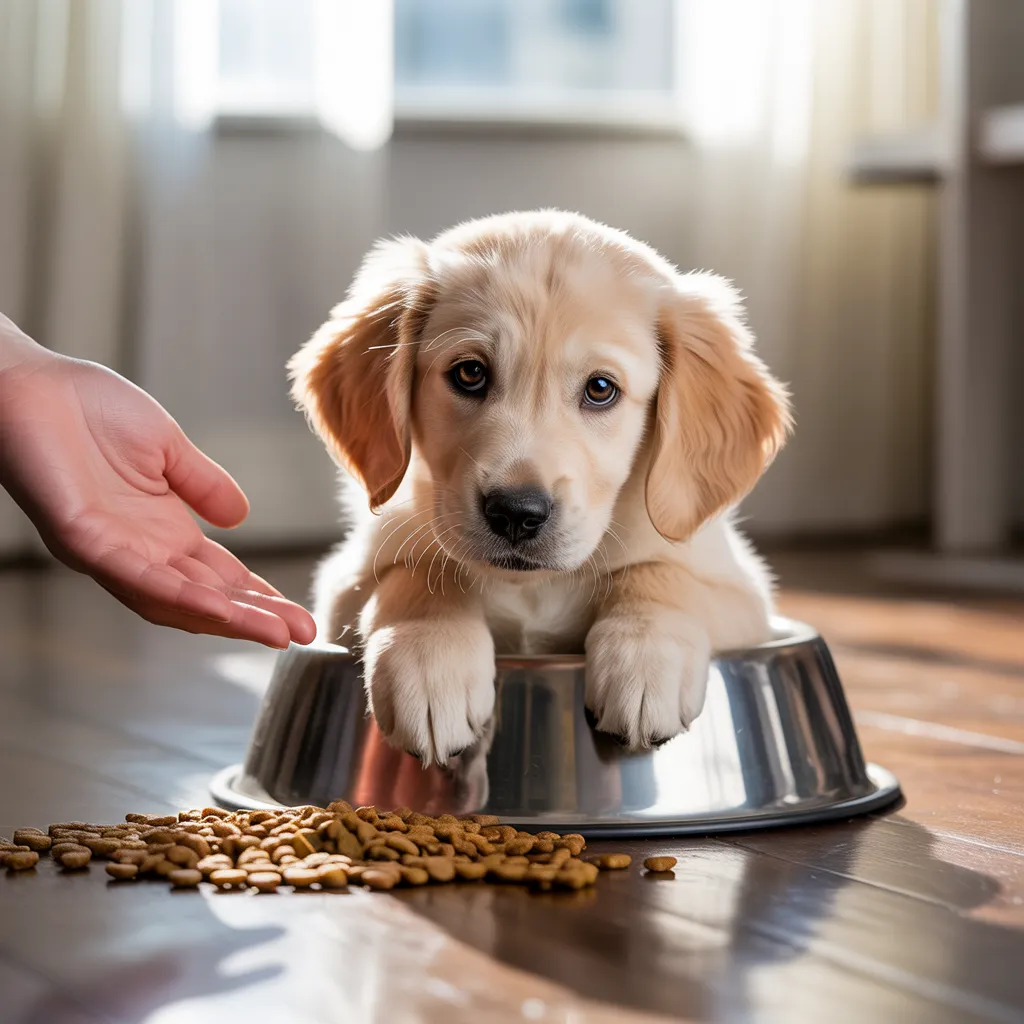
5. Recent Change in Food
A sudden change in dog food, whether from flavor, brand, or type (wet food to dry food), can cause your dog to turn their nose up. Dogs like routine and consistency — so changes might confuse or upset their stomach.
- What to do:
Gradually transition to new food by mixing it with their current food. This helps their digestive system adjust without causing discomfort.
6. Too Hot or Too Cold Food
Dogs are more sensitive to food temperature than we realize. If the food is too cold, they may be disinterested, or if it’s too hot, it could cause discomfort.
- What to do:
Warm their food to room temperature before serving. You can microwave wet food for a few seconds or add warm water to dry kibble to enhance its aroma and taste.
7. Overfeeding at Meals
It’s possible your dog is refusing food because they’ve eaten too much already. If your dog tends to eat treats or snacks throughout the day, they might not be hungry when it’s time for their main meal.
- What to do:
Cut back on treats and snacks between meals. Stick to the recommended portion sizes for their breed and size. Keeping their appetite regulated will encourage them to eat during meal times.
8. Too Much Change or Disruption
Dogs thrive on stability, and disruptions like new people, changes in the house, or travel can trigger stress and loss of appetite.
- What to do:
Make sure your dog has a quiet space and a stable environment. If changes are unavoidable, keep their routine intact as much as possible. Give them extra attention to make them feel secure.
9. Age-Related Appetite Changes
As dogs get older, they may experience changes in their appetite due to age-related conditions like arthritis, tooth loss, or less active lifestyles.
- What to do:
Check with your vet for any underlying conditions. Also, try offering softer food or meals that are easier to chew. Older dogs may also enjoy smaller, more frequent meals rather than larger portions.
10. Food Boredom
Sometimes, your dog simply gets bored of the same food day in and day out.
- What to do:
Try rotating flavors or adding dog-safe toppers like cooked chicken, pumpkin, or low-sodium broth to their food. Keep mealtime interesting and exciting for your pup!
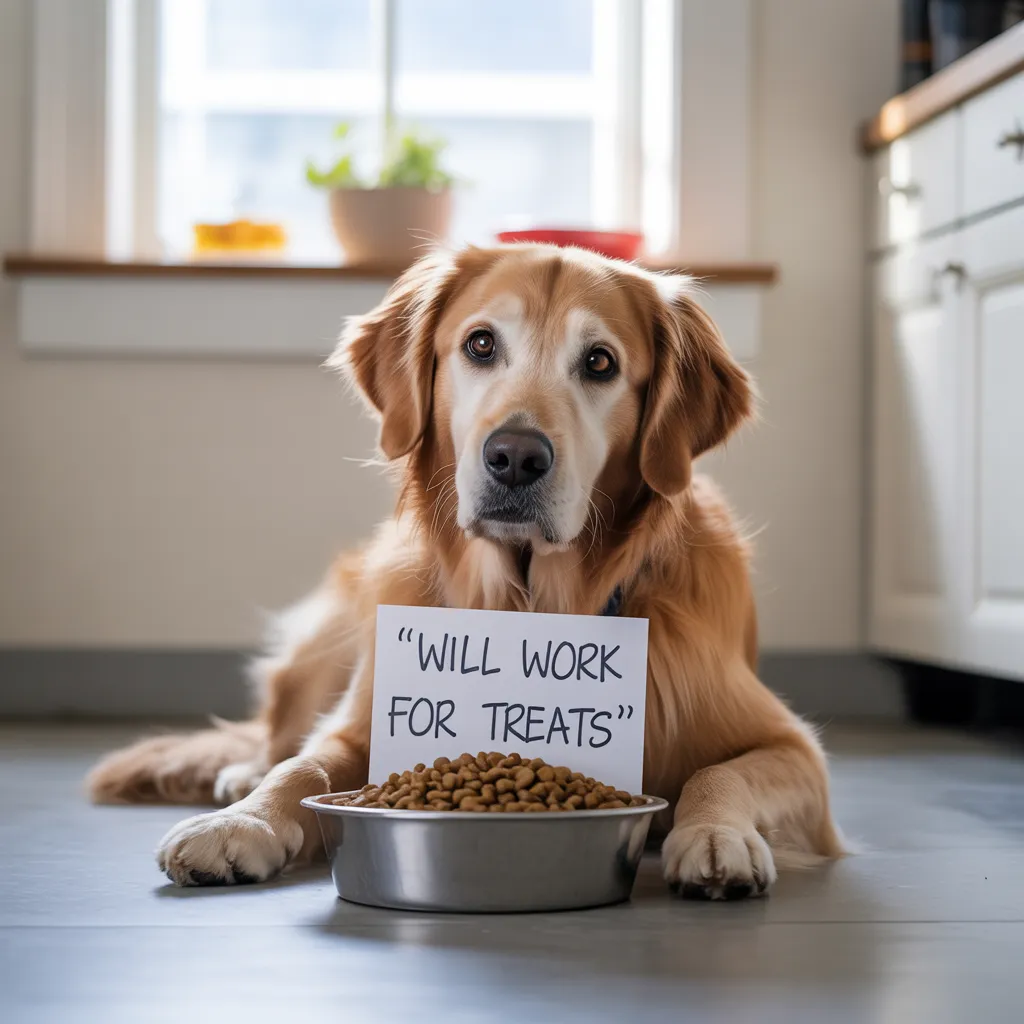
Final Thoughts
If your dog won’t eat, it’s easy to get worried, but it’s important to remember that there are many reasons why your dog might refuse their food. With patience, observation, and the right approach, you can help your dog get back to their healthy eating habits.
And most importantly, remember that food refusal doesn’t mean they don’t love you — it’s just their way of communicating. With a little understanding and care, they’ll be wagging their tail and eating happily in no time. 🐶❤️

